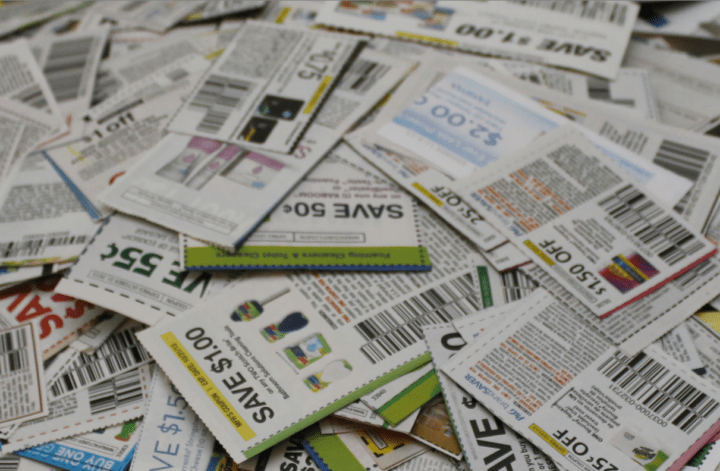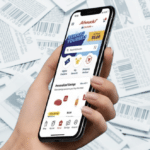
It’s too soon to say that couponing is making a comeback. But the steep declines in coupon use that we’ve seen, year after year, finally appear to be leveling off. So coupon use isn’t quite bouncing back, but it’s not declining nearly as precipitously as it has been.
So, that’s something?
Inmar Intelligence is offering the latest look at coupon statistics from the year so far. Midway through 2021, the number of coupons redeemed dipped below a half billion, to 498.5 million. At that pace, we’re set to end the year with the fewest total number of coupons redeemed in modern memory.
But the decline is slowing considerably. The number of coupons redeemed so far this year is down only 4% from the same time last year, as compared to the 21% full-year drop-off in 2020, and the even steeper 24% dip in 2019. It’s the slowest rate of decline in years, which could indicate that the decrease in coupon use is bottoming out, and we might actually see an increase in coupon usage next year, for the first time in a decade.
Coupon distribution, too, is declining at a slower rate than in recent years. So far this year, 99.7 billion coupons have been made available to consumers, down 10% from the same period last year. That’s a slower rate of decline than we’ve seen in recent years, such as the 15% drop in 2020 and the 12.7% drop the year before.
That could mean either shoppers are using more coupons because there are more coupons available, or marketers are offering more coupons because shoppers are more interested in using them.
Either way, interest in coupons does appear to be perking up. Coupon use hit a monthly high in July, raising the prospect that overall coupon use in the second half of the year might even be higher than during the first half. An Inmar survey found that 70% of grocery shoppers used coupons over the past three months, and 33% of shoppers expect to use even more coupons over the next six months than they currently do.
While paper coupons still dominate the landscape, digital coupons continue gaining in popularity. Digital coupons’ share of overall redemption overtook coupons from the Sunday newspaper inserts for the first time last year, and the gap has been widening ever since. Digital coupons now account for 33% of all coupons redeemed so far this year, as compared to 24% from coupon inserts.
But couponers still want to be given the option of digital or paper, and many of them want to use both. Millennials, who you might think are more tech-savvy and less likely to go through the Sunday paper with a pair of scissors in hand, are the heaviest coupon users – both digital and paper. Over the past three months, 82% of millennials reported using digital coupons, while 75% said they used paper coupons. Older couponers still prefer paper to digital, but among all ages, nearly two thirds still use paper coupons at least some of the time.
Inmar also found that coupons – no matter the format – have a greater effect on purchasing behavior than other types of promotions. The company compared the data between price cuts and coupons for premium brands, and found that coupons prompted more purchases than promotional price cuts offering the same discount.
In general, shoppers reported that coupons changed their purchasing behavior 84% of the time during recent in-store shopping trips. They might have switched brands, or tried a new product, but the most common behavior was stocking up – 34% of shoppers said a coupon prompted them to buy more items than they otherwise would.
Overall, 69% of shoppers said they are looking for ways to save money on their groceries. And coupons are one of the most popular ways to do so, with more than half of survey respondents saying they search for paper or digital coupons before they shop.
With declining coupon redemption figures leveling off, the question now is when and whether declining distribution figures will start to reverse as well. Shoppers are apparently eager to use coupons, so now that they’ve spoken – it’s up to brands to determine whether they’re willing to listen.
Image source: cpyles













